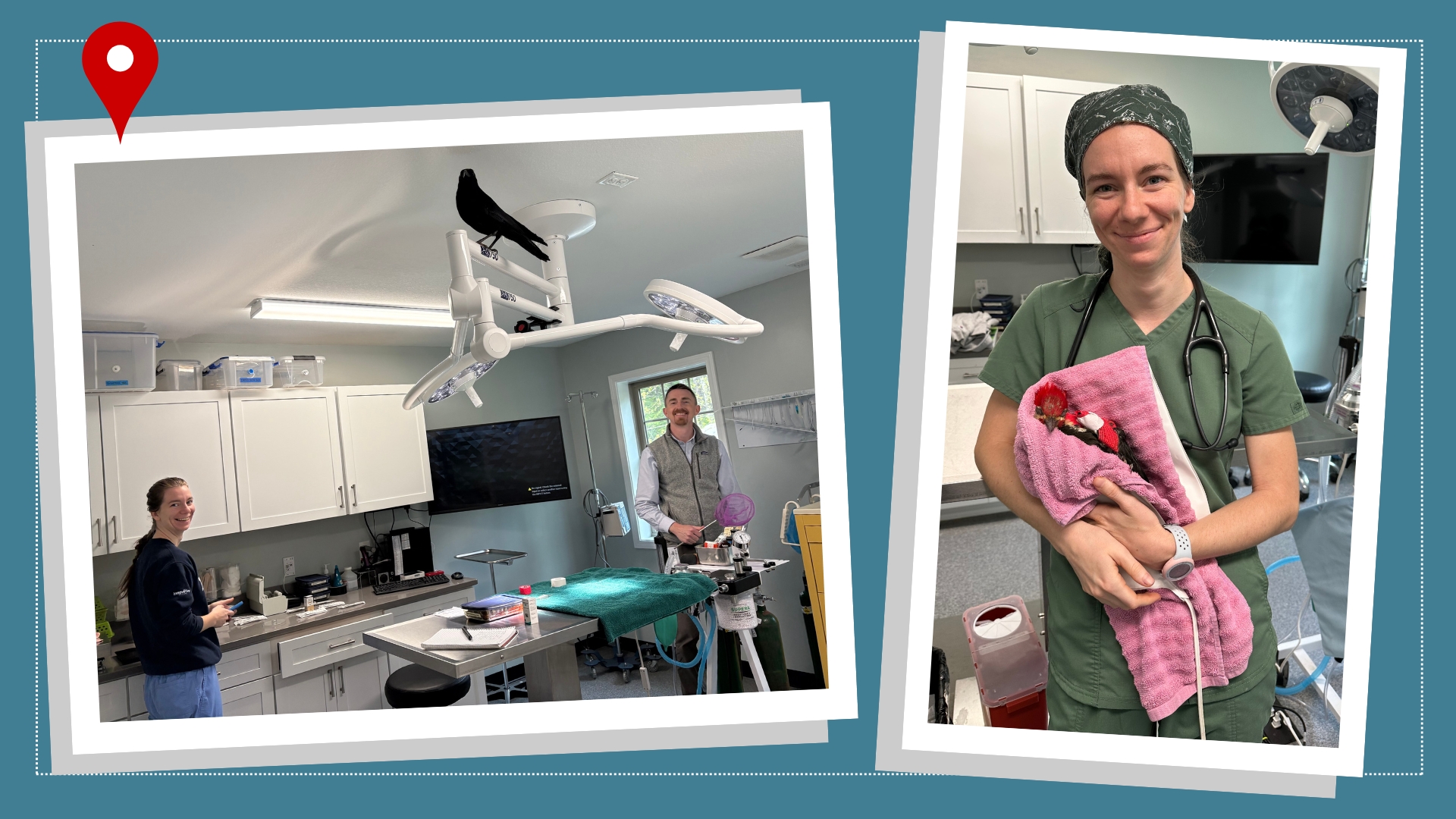Our Compassionate, Life-Saving Care: A Year in Review
From dogs to cats, donkeys to bongos and countless animals in between, our expert teams at the NC State Veterinary Hospital save lives every single day. As the year draws to a close, we’re featuring 10 notable stories of our hospital teams going above and beyond for our community over the past 12 months.
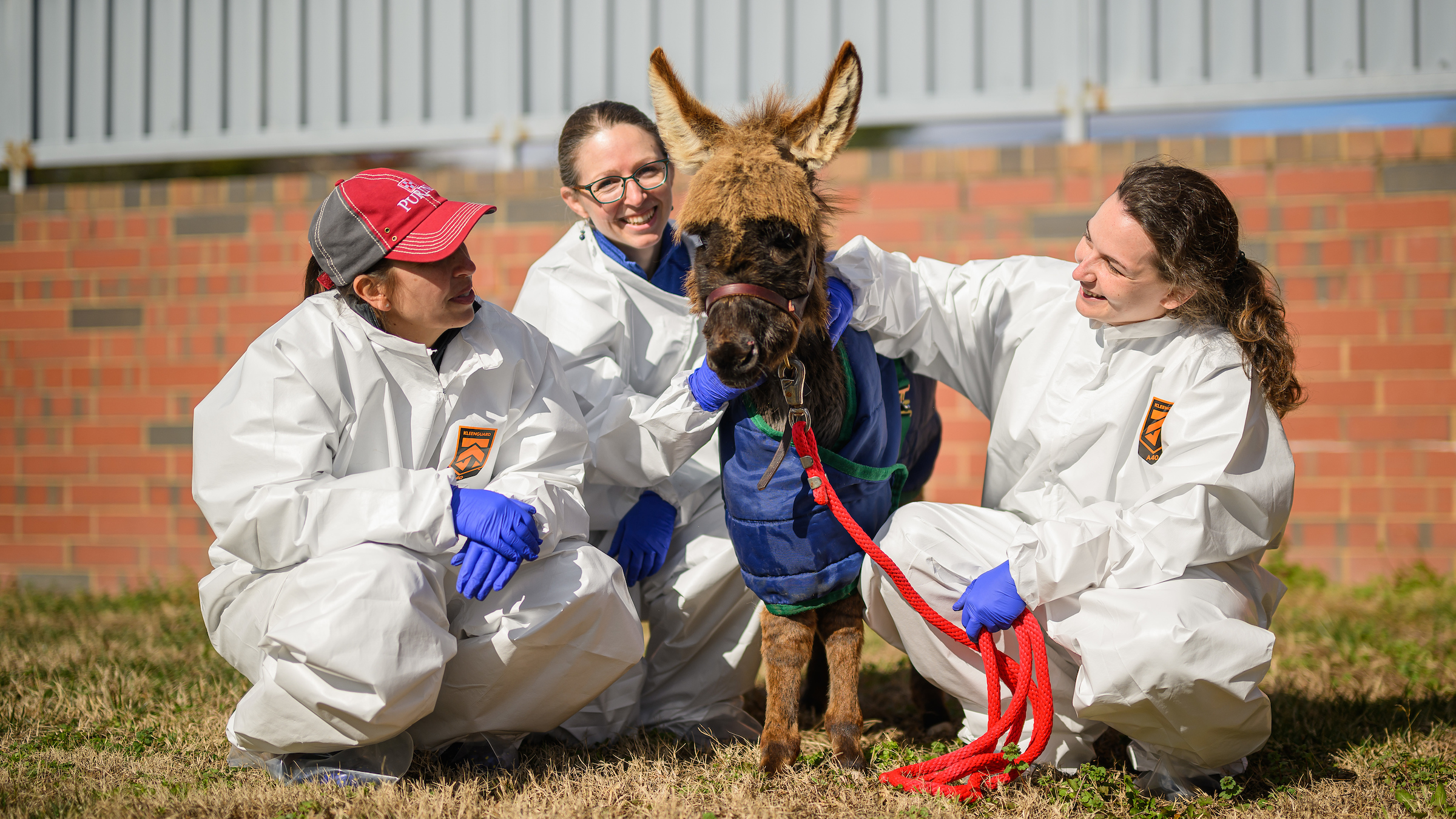
ELF the DONKEY
First pneumonia. Then C. diff., diarrhea and an autoimmune reaction. Elf the donkey survived a potentially deadly cascade of crises because of the problem-solving and compassionate care of the NC State College of Veterinary Medicine’s equine team. Elf’s owner knew NC State was the only chance Elf had to survive. “What we can do is try our hardest, and that’s what we did,” our professionals told her.
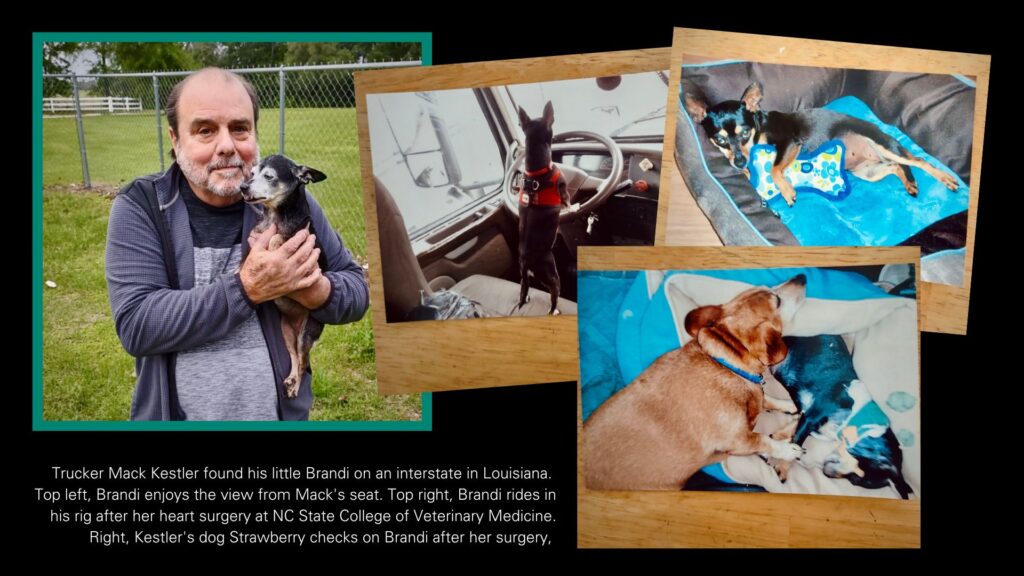
BRANDI the CHIHUAHUA
In 2010, NC State College of Veterinary Medicine cardiologist Terri DeFrancesco pulled 18 worms from the heart of a tiny Chihuahua named Brandi, saving her life. The trucker who had rescued Brandi from a Louisiana highway sent the doctor a heartfelt thank you and an update. “That’s an amazing thing,” DeFrancesco says. “This dog was close to death when we got her.” Updates on Brandi’s recovery came at the perfect time, during National Heartworm Awareness Month, from one of the only places in the country that does the life-saving heart procedure.
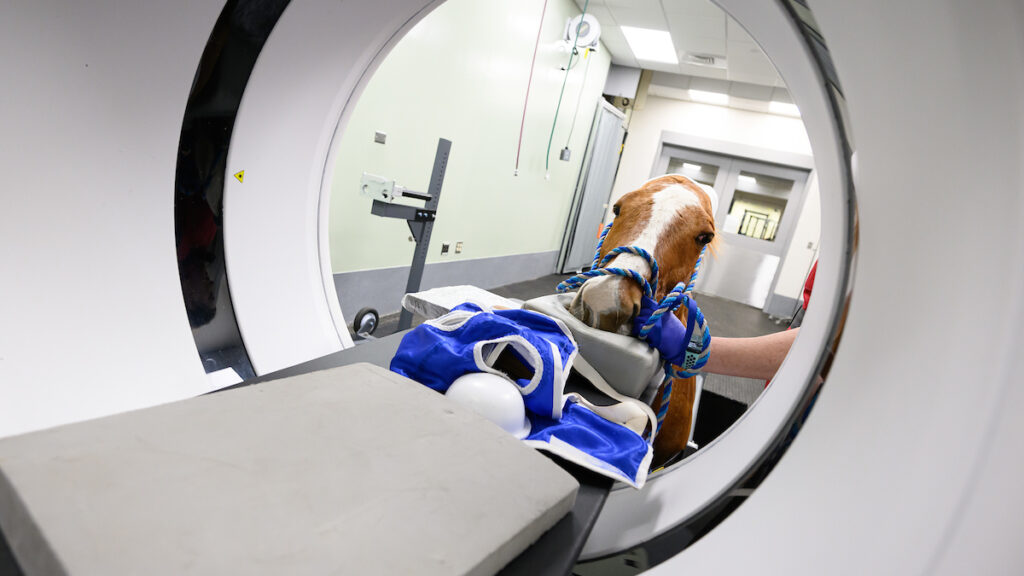
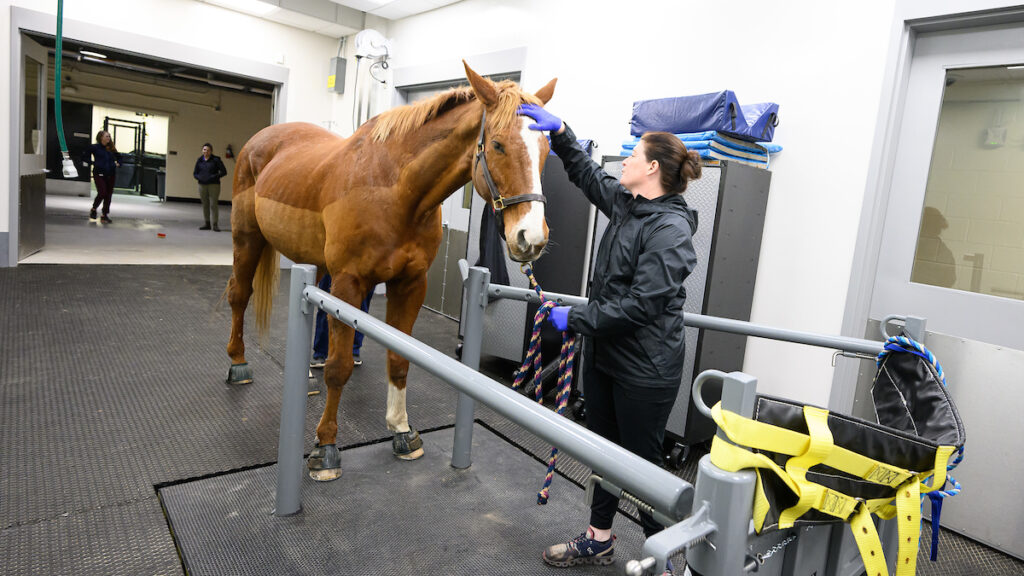

VINNY the HORSE
For Vinny, a playful and curious horse, the College of Veterinary Medicine’s new standing CT took the guesswork out of treating a serious infection. “With the CT, it was instantly obvious what tooth it was,” Vinny’s local veterinarian said. “You could clearly see that the area between the sinus and oral cavity had been completely taken over by infection. It’s so obvious on the CT, and it’s just not obvious on the X-ray.”

LEO the TABBY
What do Katy Perry and Leo the tabby cat have in common? They’re ready to “Roar” their survival stories and want the world to hear it. When Chapel Hill “kitty purr-y” fan Leo arrived at the NC State Veterinary Hospital in April confused, cold and limp, his care team recognized a life-threatening condition that required immediate brain surgery. Thanks to their attentive care, Leo returned home just days later. “The whole thing was a miracle,” his owner said.
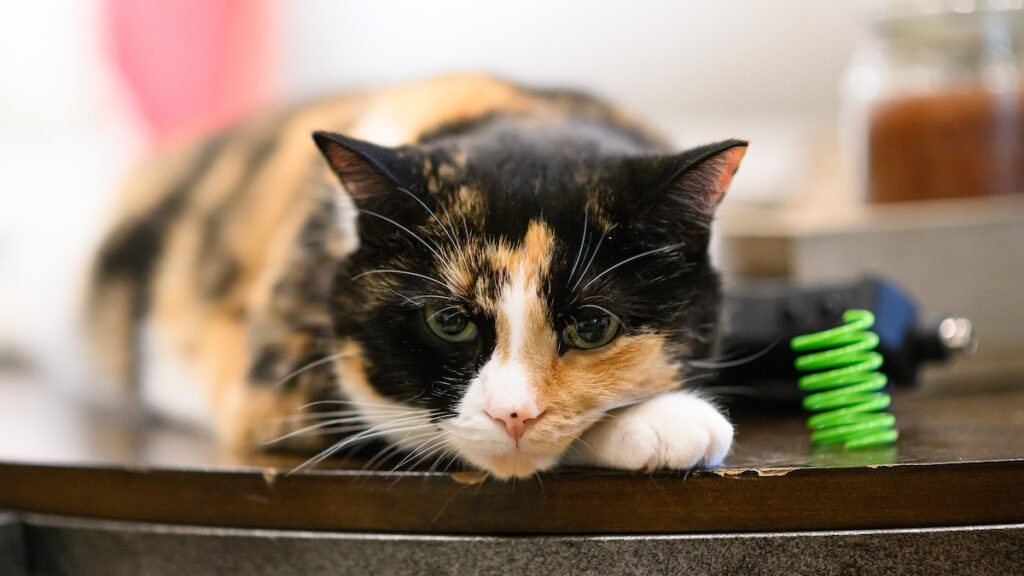
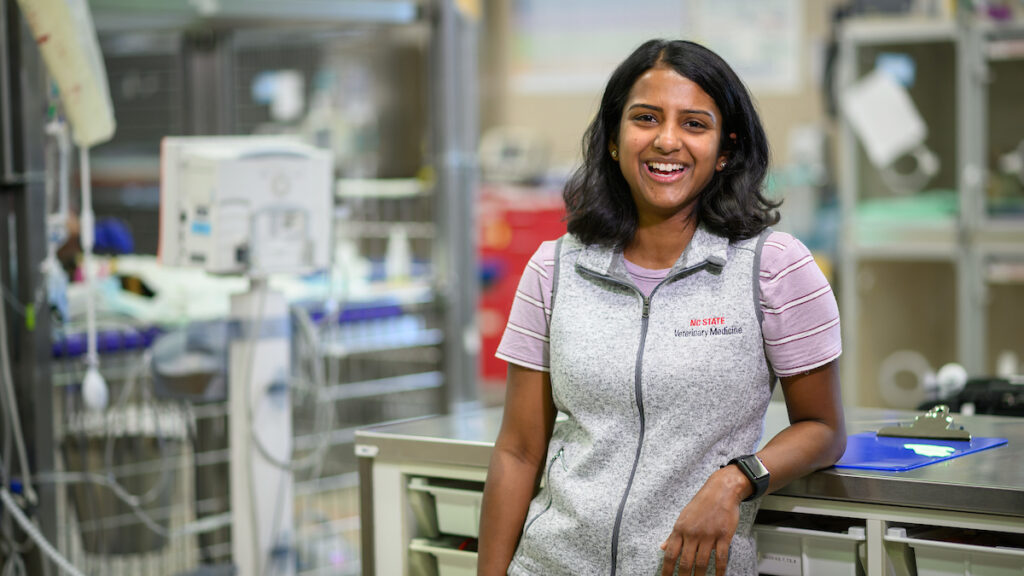
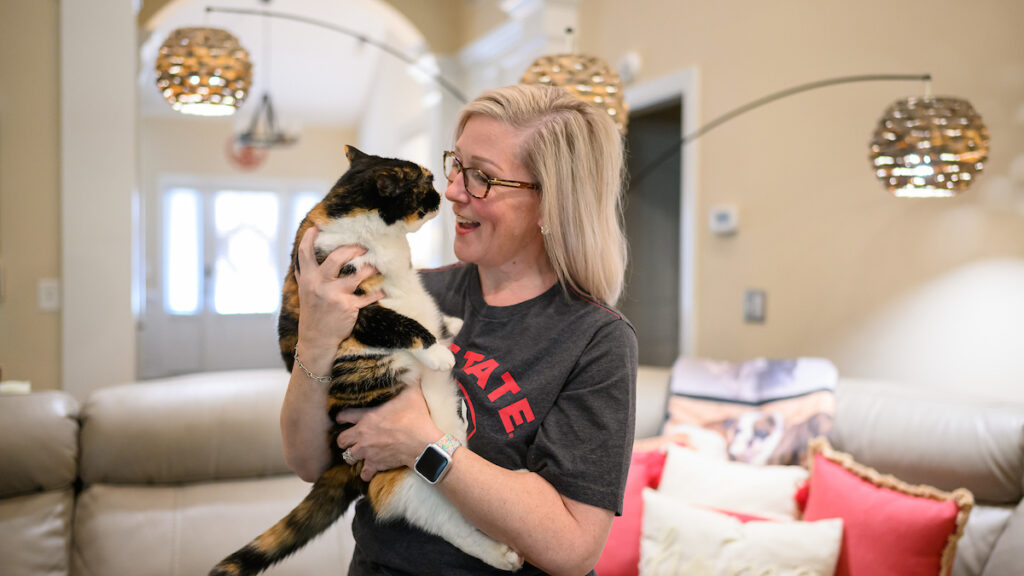
KACIE the CALICO
Kacie’s family knew she was exceptional, but they didn’t realize that trait extended to her health until she became sick earlier this year. And who better to treat the special calico cat than the world-renowned experts at the College of Veterinary Medicine? NC State alumni advocated for charismatic Kacie at every stage of her treatment for a serious infection.
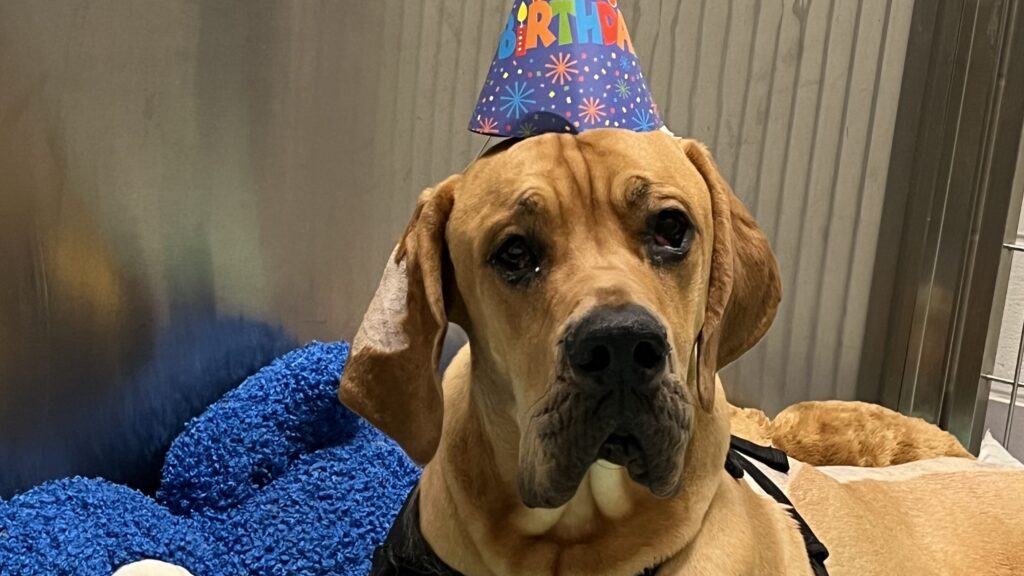
BENTLEY the PUP
When Great Dane puppy Bentley broke his back in a car accident in May, his family worried he might never walk again. An innovative spinal surgery at the College of Veterinary Medicine started him on the right foot, and Bentley is back to walking and playing today, with some additional hardware and a few new dance moves. “That’s the best feeling in the world. That’s why we do what we do,” one veterinarian says.

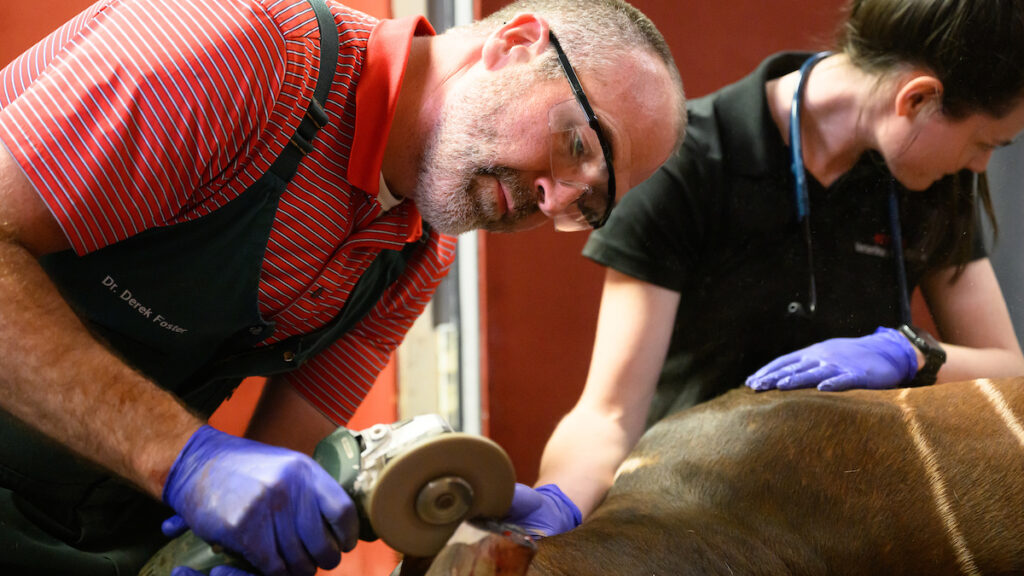

JAX the BONGO
Jax, a 3-year-old male bongo from The Virginia Zoo, came to NC State’s Large Animal Hospital in August with fractured and chronically infected horns from playing too roughly in the dirt. Using the hospital’s new equine CT machine, the 450-pound forest antelope’s care team pinpointed the infection’s spread and decided to amputate part of Jax’s horns to prevent it from recurring. Together with The Virginia Zoo’s vets, NC State specialists in exotic and ruminant medicine, anesthesia and radiology treated Jax’s infection and trimmed his horns to a safe level for antelope antics.

BENTO the CAT
Bento the cat’s cancer diagnosis arrived with more unwelcome news: his type of cancer was rare, and he needed another surgery to make sure the malignant cells were gone. But thanks to a grant from Petco Love and the Blue Buffalo Pet Cancer Treatment Fund sponsoring Bento’s expert care at the NC State College of Veterinary Medicine, his owners could focus on Bento’s recovery instead of its cost.
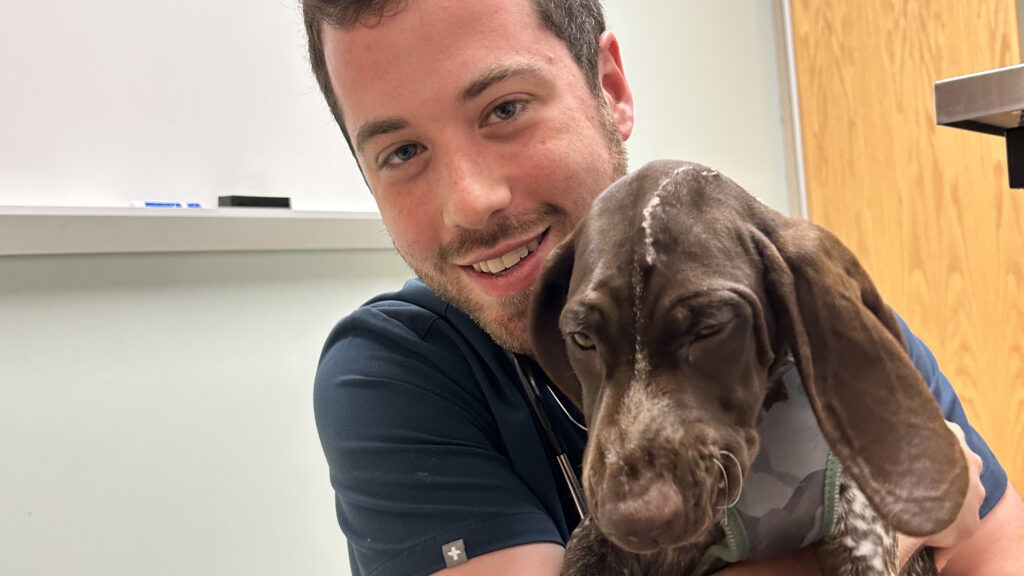
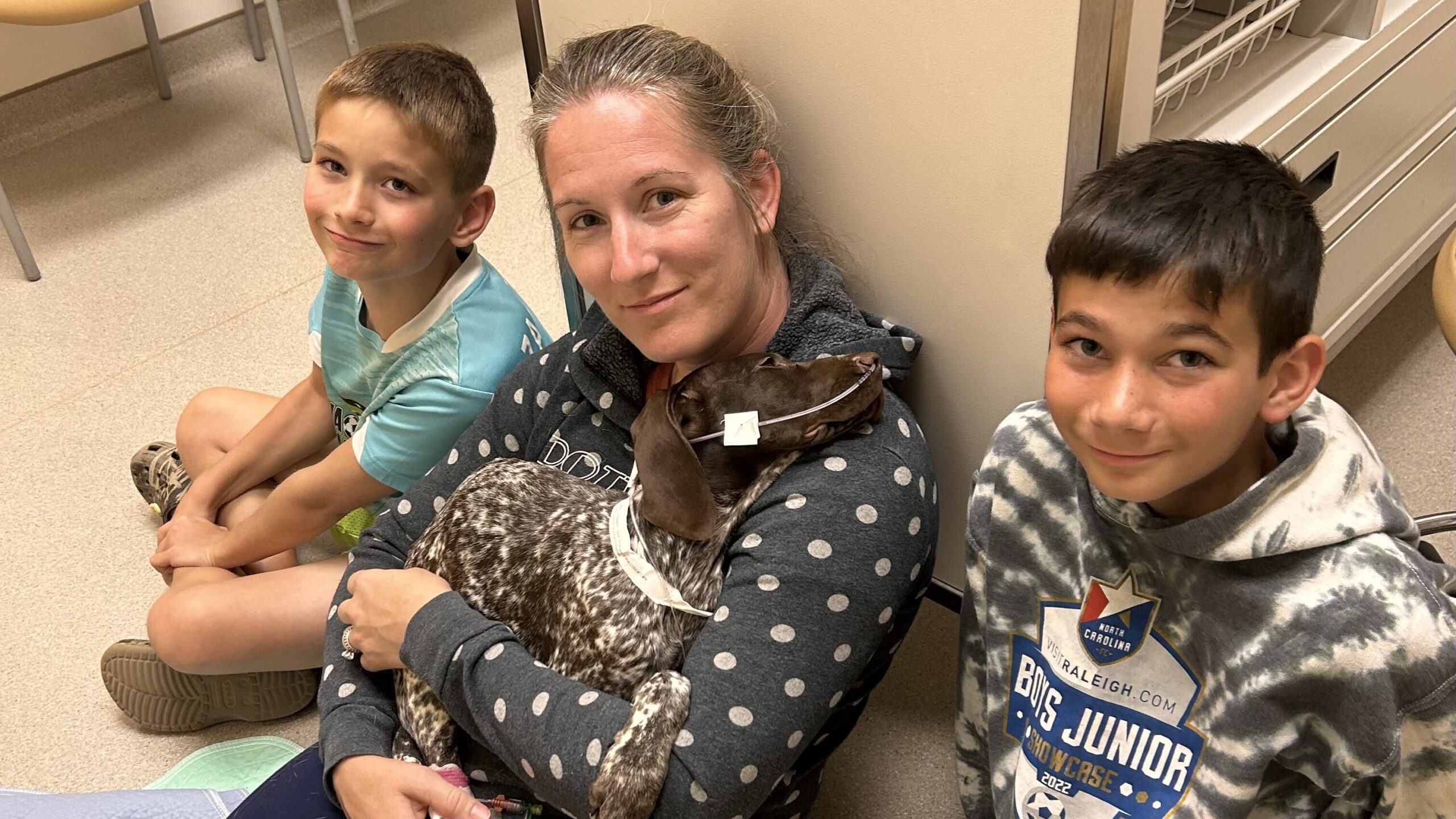
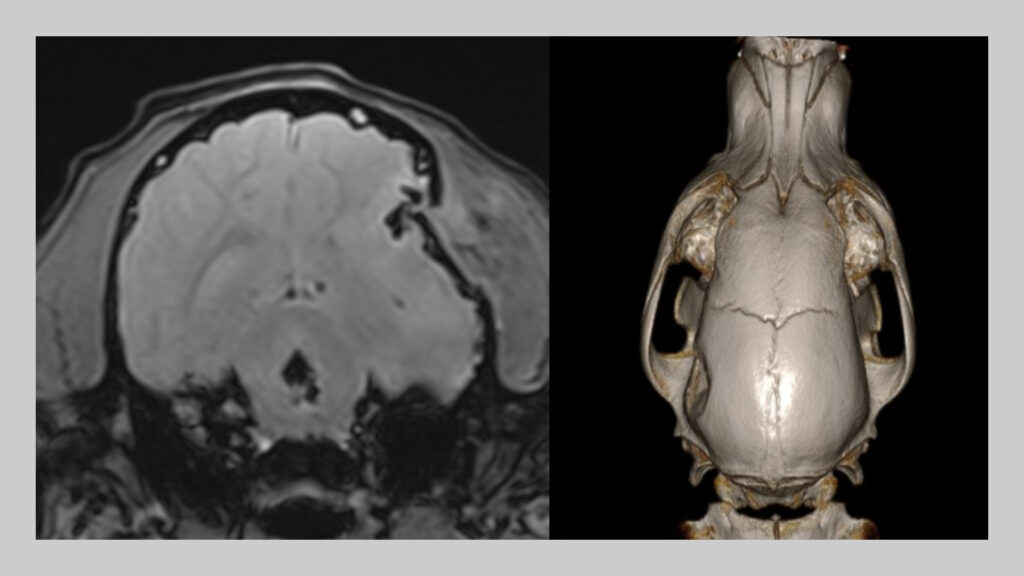
HOLLEN the POINTER
German shorthaired pointer Hollen was just 10 weeks old when an encounter with another dog left her with a traumatic brain injury. NC State nursed Hollen through a craniotomy and a sodium syndrome so rare, her veterinarians say there are no other documented cases in dogs. Thanks to them, Hollen is bounding into a life of beach trips, pup cups and endless cuddles with her family. “I was just blown away by NC State’s vet teams,” her owner says. “We’d have trusted them to operate on one of us!”

MR. CATFISH
A customer at the Bass Pro Shops in Concord, North Carolina, apparently threw a lure into a tank displaying live fish, and a largemouth bass grabbed the lure. While the bass struggled to free itself, a 50-pound blue catfish swallowed both the bass and the lure. Derek Bossi, supervisor of the Bass Pro Shops-Base Camp Live Exhibits Operations, called on the College of Veterinary Medicine and Dr. Greg Lewbart, professor of aquatic animal medicine, to see whether there was anything to be done. Lewbart and his vet med team headed off to Concord and successfully performed surgery on the fish, giving three DVM students and one resident valuable experience and another opportunity to serve our community.


